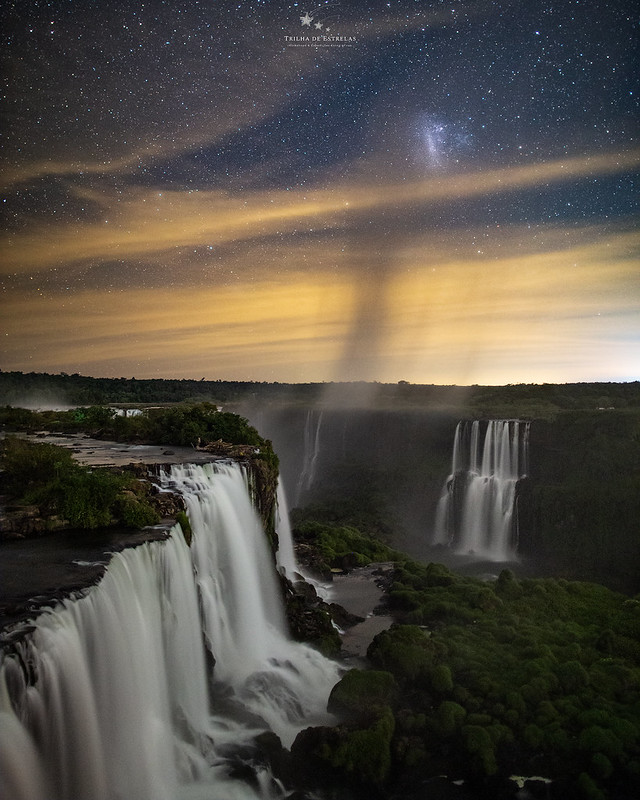 Abell35 by Logan Carpenter, on Flickr
Abell35 by Logan Carpenter, on FlickrAbell 35 (SH2-313).
This nebula has a very low surface brightness and although often listed as a planetary nebula, other evidence suggests this is a Stromgren sphere (the Rosette nebula is also such an example).
At the center of this nebula is a binary star system consisting of a fast rotating subgiant and a companion white dwarf star. Whilst it resembles something like the Helix nebula, it differs in that the outer red glowing shell results from the ionization of the interstellar medium by the white dwarf. In the more central OIII region you can see a "bow shock wave" believed to be due to a wind from the fast rotating subgiant interacting with the inner zone of the nebula.
Astrobin link : "https://www.astrobin.com/lyym5b/B/?nc=user"
Ha 35 x 20 min
OIII 23 x 20min
LRGB 28 x 10min
Total integration 24hrs
Credit: Logan Carpenter
Location: Auckland, New Zealand
Date imaged: overs several nights from 24/4/21 to 5/5/21
Telescope: Skywatcher Esprit 120ED
Camera: ASI1600mmPro
Filters: Baader LRGB and Optolong Ha, OIII
Guidescope: Orion 60mm
Mount: iOptron CEM120
Guide Camera: ASI290mono mini
Filterwheel : ZWO 7 position 2inch
Focuser: Pegasus Astro Focus Cube 2
Processing:
Astropixel Processor
Pixinsight
















